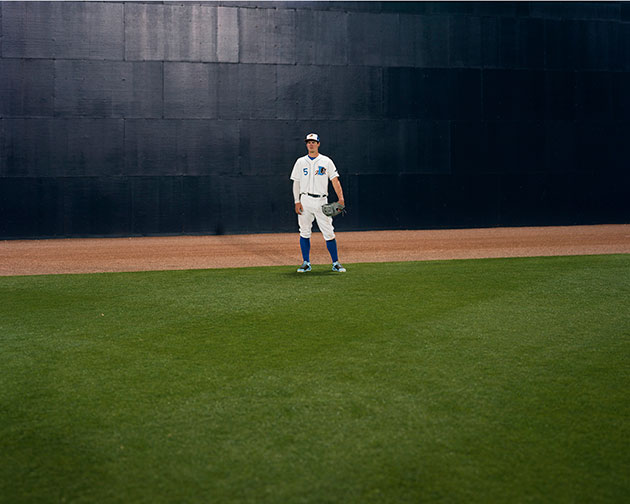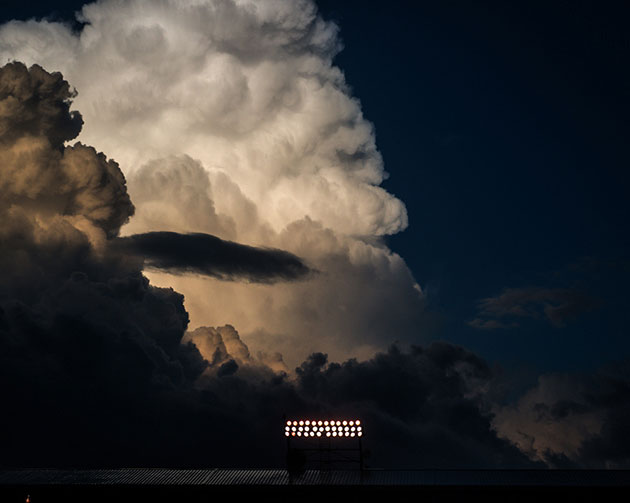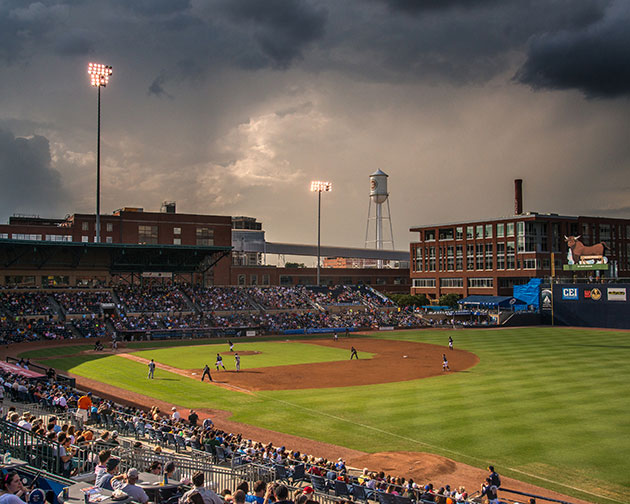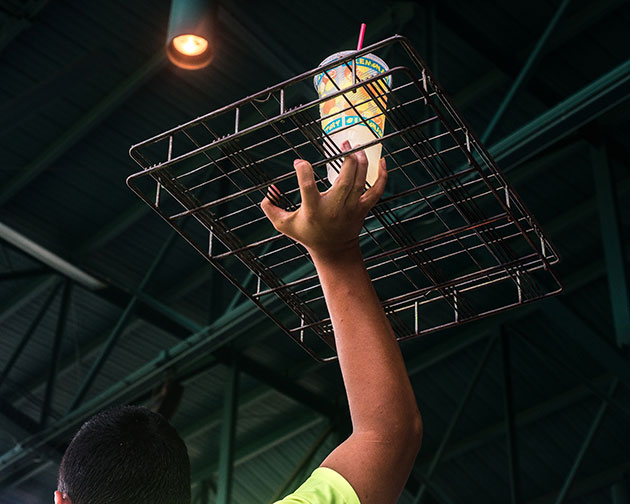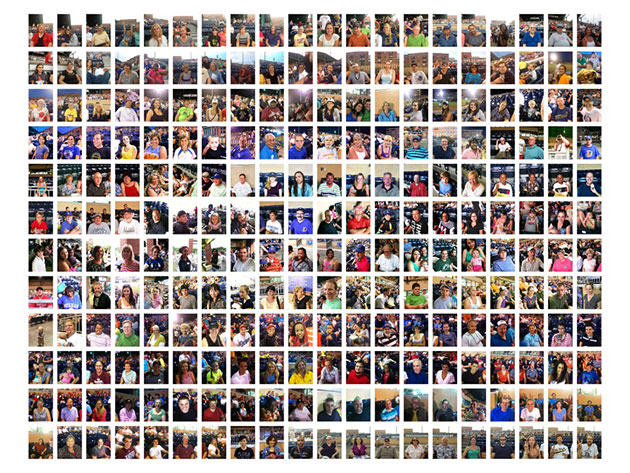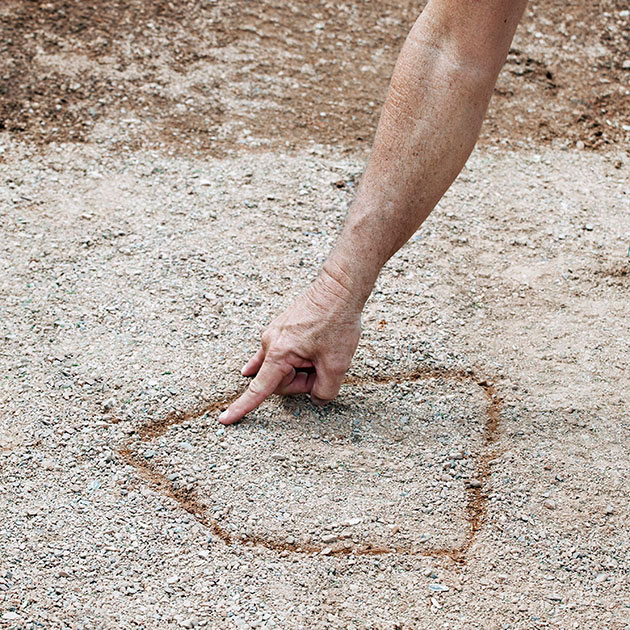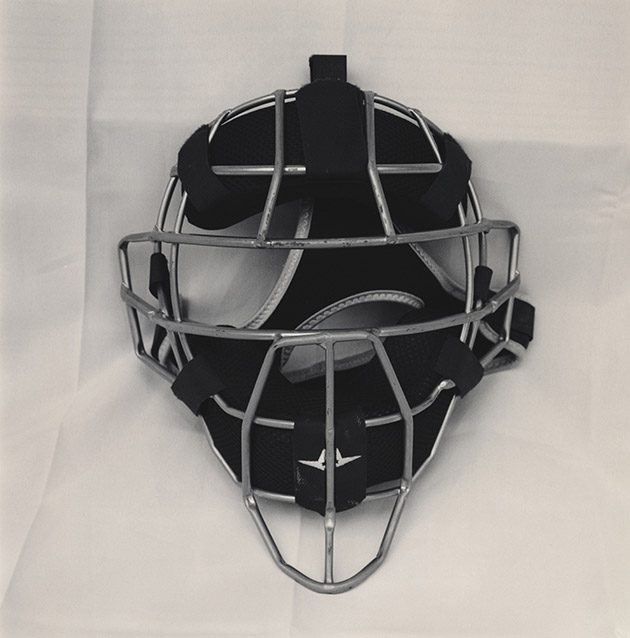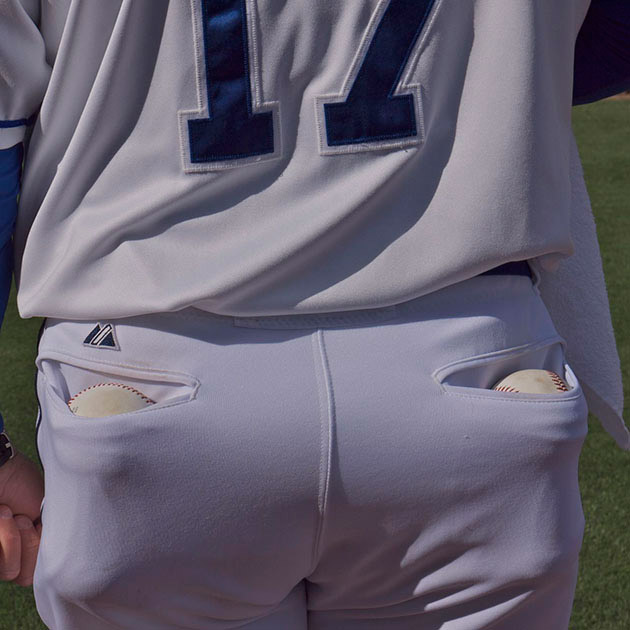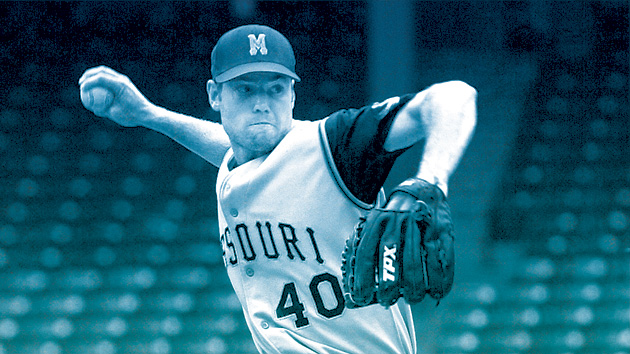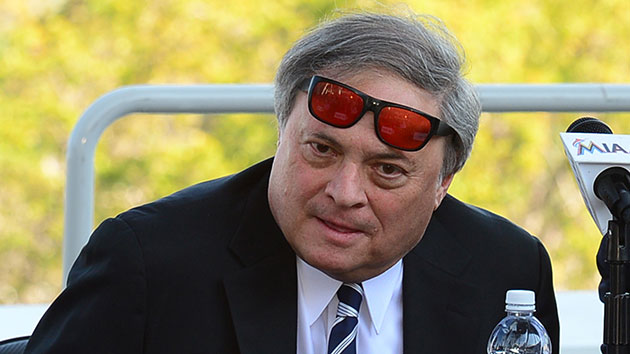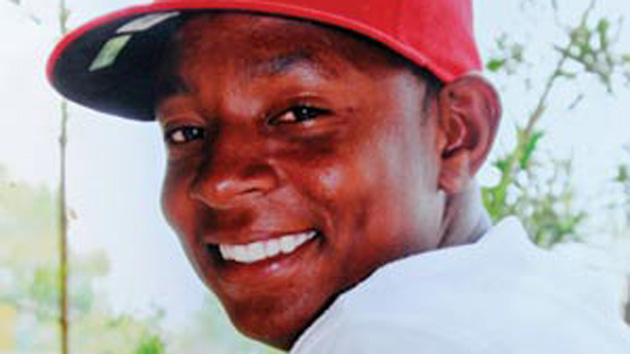Twenty-five years after Bull Durham introduced the world to the minor league world of Crash Davis, Annie Savoy, and Nuke LaLoosh, a group of writers and photographers descended on Durham, North Carolina, to document life with the hometown team. The result is Bull City Summer: A Season at the Ballpark, a rich photo book interspersed with smart, poignant essays about the game’s rhythm, its injustice, and its occasional grace.
The essayists introduce us to a familiar cast of characters: the elderly couple who’ve missed just 50 games in 30-plus years; the aging veteran playing out the string in Triple-A, four years removed from a World Series appearance with the Yankees; the Duke philosophy professor who, before succumbing to colon cancer in 2013, would “adopt” a player every year, bringing him cookies and the occasional CD filled with classical music; the Cuban first baseman whose league MVP award will get him no closer to the big leagues; the general manager who helped revitalize the club in 1980 and who claims at the start of one essay, “I’m a gifted salesman. I hate it, but I am.”
Meanwhile, the photos highlight the play between the sort of regional authenticity that clubs sell to local fans and the generic ballpark experience found in dozens of baseball towns—Corpus Christi, Rancho Cucamonga, New Britain, wherever—around the country. There are still lifes; there are landscapes; there are stadium workers and players and fans in varying arrangements and formats, including the occasional tintype.
Running throughout Bull City Summer, though, is that old sense of the minor leagues as something special, something sui generis. “The majors are baseball’s height, but the minors are its depth,” writes Adam Sobsey, “and what we have here may be richer.”
All photos from Bull City Summer: A Season at the Ballpark, Daylight Books. Conceived and edited by Sam Stephenson. Photographs by Alec Soth, Hiroshi Watanabe, Hank Willis Thomas, Alex Harris, Frank Hunter, Kate Joyce, Elizabeth Matheson, Leah Sobsey. Essays by Michael Croley, Howard L. Craft, David Henry, Emma D. Miller, Adam Sobsey and Ivan Weiss.
